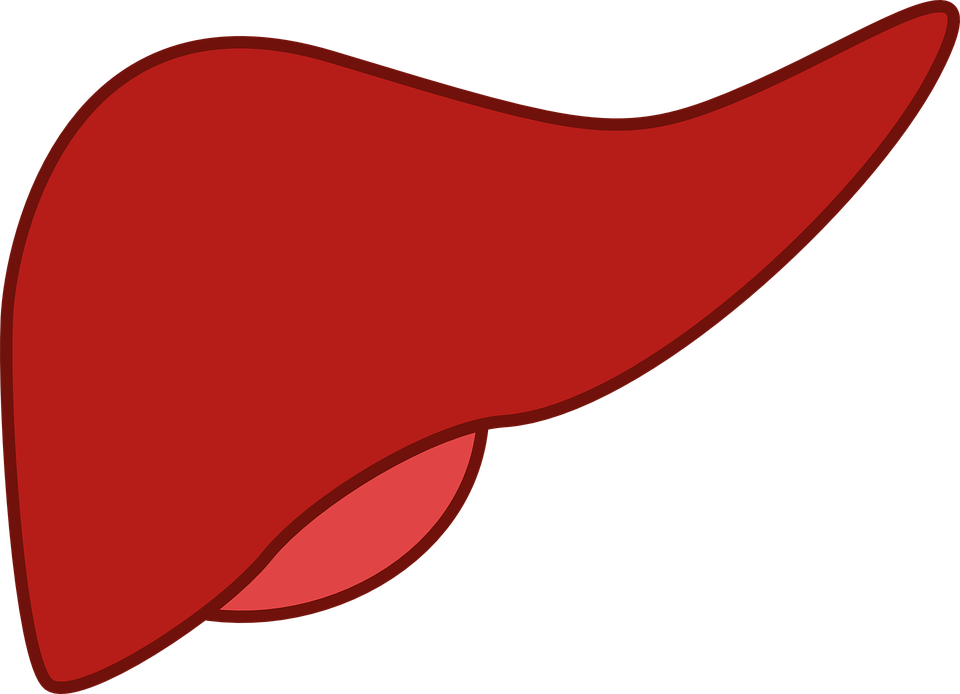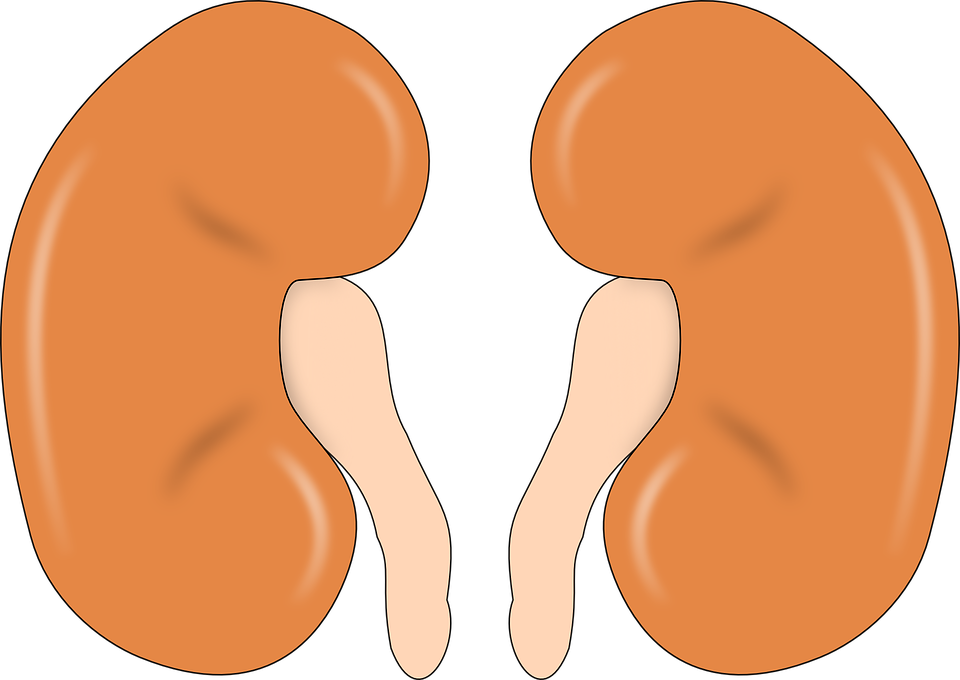EYE
Human
eye can distinguish up to 10 million of colours but our brain can’t remember
all of them.
The
resolution of human eye is 576 MP (Mega Pixel).
There
is no any blood vessel in our eye, so that, it receives oxygen directly from
the atmosphere.
Different
colours of eyes are found i.e. blue, brown, green, red, etc in which the most
common colour of human eye is brown while green is the most rarest eye colour.
Chameleons
(animal that can change its skin colour)
can see in two directions by moving their eye ball independently at a
time.
Fig: Human eye
BRAIN
The average human
brain weights about 3 pound (1360 gram).
Human brain can
develop up to age 25.
The information from
brain travels up to about 431 kilometers per hour.
The spinal cord is the
main source of communication between the body and the brain.
The human brain
can generate about 23 watts of power which is enough to power a light bulb.
The brain itself
doesn't feel pain because there is no pain receptors located in brain tissue
itself.
Fig: Human Brain
TONGUE
In terms of
flexibility and versatility, tongue is one of the strongest muscles of human
body.
We cannot live without
heart or lungs but we can live without our tongue.
As we know, there are five taste buds in our
tongue i.e. sweet, bitter, salt, sour and umami (taste of cooked meat). But in
reality, each taste bud can detect every taste.
On an average, human
tongue is home to thousands of taste buds because it contains 2,000-10,000 taste
buds that die off and re-grow about every 10 days.
The color of our tongue
can say the condition of our health i.e. red and white spot in tongue indicates
the infection in taste bud, white patches indicates the growth of
fungi/yeast, redness indicates
deficiency of vitamin B12, iron and folic acid and so on.
Fig: Tongue
LIVER
Liver is the largest
internal organ of human body.
It is also the second
largest organ in human body as skin is the first largest organ.
If 49% of our liver
were removed, the remaining 51 % part could regenerate into a full size.
It holds approximately
10 % of the blood in our body.
It pumps nearly 1.5
liters through itself per minute.
It consists of 96%
water inside the cells and blood.
Fig: A picture showing human liver
LUNGS
The size of two lungs
is not same.
In human body, the
right lung is wider than the left lung because left lung has to give more space
for our left heart.
About 78% of waste
eliminated through our lungs just by simply breathing.
Human lungs exhale up to17.5
milliliters of water every hour.
An adult person takes
13 breathing (taking of oxygen and throwing out of carbon dioxide) every minute.
Lungs don’t play role
in breathing only but they are also capable to float on water because it
contains air which helps in floating.
Fig: Lungs of human
FINGERS
Human finger contains
bundle of muscle fibers because there is no muscle in fingers.
There is a belief that
ring finger of human has direct contact with the human heart known as the vein
of love.
The bones of fingers
are perfectly straight but fingers are never perfectly straight.
On average, the women
tend to have longer index fingers and men tend to have longer ring finger.
Fingers are highly
sensitive organ than other part of skin.
Finger nails mostly
grow at high rate during summer season.
The nails of our dominant
(mostly used) hand grows faster.
Fig: Human Fingers
STOMACH
The maximum volume of
adult stomach is about 2-4 liters.
Food is stored in
stomach for averagely from 3 to 5 hours.
Our stomach contains
HCl (Hydrochloric acid) which makes food soft and kills bacteria present in it.
This HCl is so much
strong that it can easily dissolve a razor blade.
Our stomach produces a
new layer of mucous every two weeks to prevent from the negative effect HCl in
the wall of stomach.
Fig: A picture showing
human stomach
KIDNEYS
They reabsorb and
redistribute 99% of the blood volume throughout the body, leaving the 1%
of the filtered blood to become urine.
It has higher flow of blood
compare to brain and liver.
Around 25 % of blood
from heart goes into the kidneys.
The kidneys of babies
are huge if it is compared to their body weight.
The weight of adult kidneys
is about 150 gram whereas the weight of baby kidneys is about 20 gram.
Fig: Kidneys
A black hole was found near to the Earth: HR 6819 star system
PANCREAS
The pancreas is a
carrot shaped digestive organ which is located backside to the stomach.
It is a rubbery gland
and has a pale color.
It secretes different
digestive juices which help in breakdown of food to provide energy to the
cells.
Pancreas is composed
from four parts i.e. head, neck, body and tail.
It secretes insulin and
glucagon hormone which maintain the sugar level in our body.
Fig:Orange colour indicates
Pancreas of human
SPLEEN
Spleen is attached in
upper-left part of our stomach whose main function is to filter the blood.
When the life cycle of
RBC (Red Blood Cell) and WBC (White Blood Cell) finishes, they are destroyed in
the spleen.
Spleen stores one -
third of the platelets in our body.
The shape of spleen is
shoe-shaped.
It acts as a power
house of infection fighter.
Fig: Orange colour indicates
spleen of human
Read our other popular articles:



























